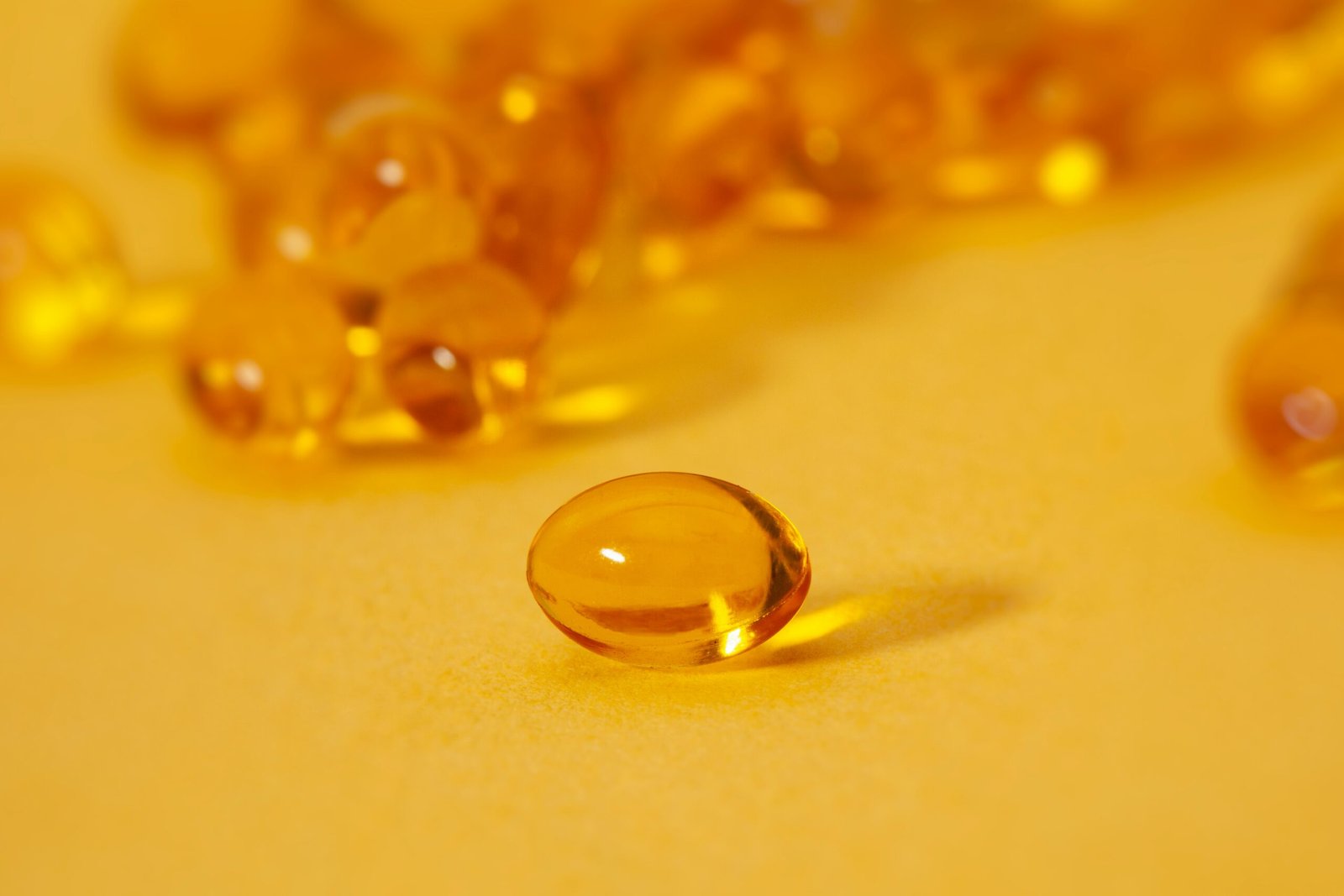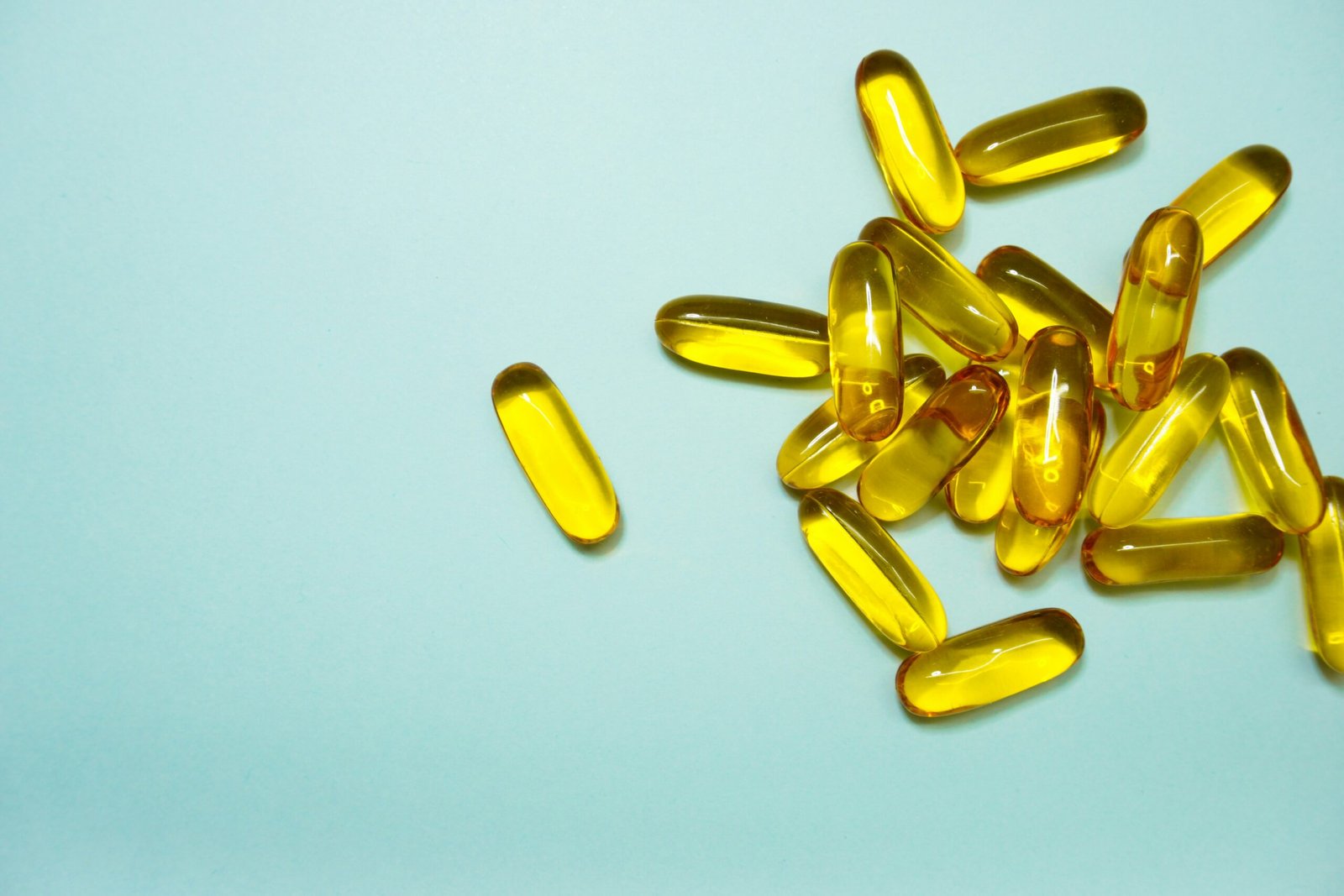Saw Palmetto Extract: Understanding its Uses and Scientific Evidence
Introduction
Saw Palmetto extract is a popular herbal supplement derived from the berries of the Serenoa repens plant. It has been used for centuries in traditional medicine to support various aspects of men’s health. In recent years, it has gained significant attention for its potential benefits in supporting prostate health and managing urinary symptoms associated with benign prostatic hyperplasia (BPH). In this article, we will explore what Saw Palmetto extract is, its uses, the scientific evidence supporting its efficacy, and what factors to consider when choosing a high-quality product.
What is Saw Palmetto Extract?
Saw Palmetto extract is derived from the ripe berries of the Serenoa repens plant, which is native to the southeastern United States. The extract contains a variety of bioactive compounds, including fatty acids, phytosterols, and flavonoids, which are believed to contribute to its potential health benefits. It is available in various forms, including capsules, tablets, and liquid extracts.
Uses of Saw Palmetto Extract
Saw Palmetto extract is primarily known for its use in supporting prostate health. It has been traditionally used to manage urinary symptoms associated with BPH, such as frequent urination, weak urine flow, and nocturia (waking up at night to urinate). While more research is needed, some studies suggest that Saw Palmetto extract may help reduce these symptoms and improve overall prostate health.
Additionally, Saw Palmetto extract has been explored for its potential anti-inflammatory and anti-androgenic properties. It may also have antioxidant effects, which could contribute to its overall health benefits.
Scientific Evidence Supporting Saw Palmetto Extract
Several studies have investigated the efficacy of Saw Palmetto extract in managing BPH symptoms. While the results are mixed, some studies have shown promising results. For example, a systematic review published in the Journal of the American Medical Association (JAMA) found that Saw Palmetto extract was more effective than placebo in reducing urinary symptoms associated with BPH. However, it is important to note that the overall evidence is not conclusive, and more research is needed to fully understand the potential benefits of Saw Palmetto extract.
It is worth mentioning that the American Urological Association (AUA) does not currently recommend Saw Palmetto extract as a first-line treatment for BPH. However, it acknowledges that some individuals may choose to use it as a complementary therapy.
Choosing a High-Quality Saw Palmetto Extract
When selecting a Saw Palmetto extract product, it is important to consider certain factors to ensure its quality and efficacy. One crucial aspect is the standardization or concentration of the extract. The active compounds in Saw Palmetto extract are primarily fatty acids, such as beta-sitosterol. Therefore, a high-quality product should be standardized to contain a specific percentage of fatty acids, typically ranging from 85% to 95%. This standardization ensures consistency and potency across different batches of the extract.
Furthermore, it is advisable to choose a product that has undergone third-party testing for purity and quality. Look for certifications from reputable organizations, such as the United States Pharmacopeia (USP) or ConsumerLab, which verify the product’s authenticity and adherence to quality standards.
Conclusion
Saw Palmetto extract holds promise in supporting prostate health and managing urinary symptoms associated with BPH. While the scientific evidence is not definitive, some studies suggest its potential benefits. When considering a Saw Palmetto extract product, it is essential to choose a high-quality supplement that is standardized to contain a specific percentage of fatty acids. Additionally, look for third-party certifications to ensure the product’s purity and quality. As with any supplement, it is always advisable to consult with a healthcare professional before starting any new regimen.


